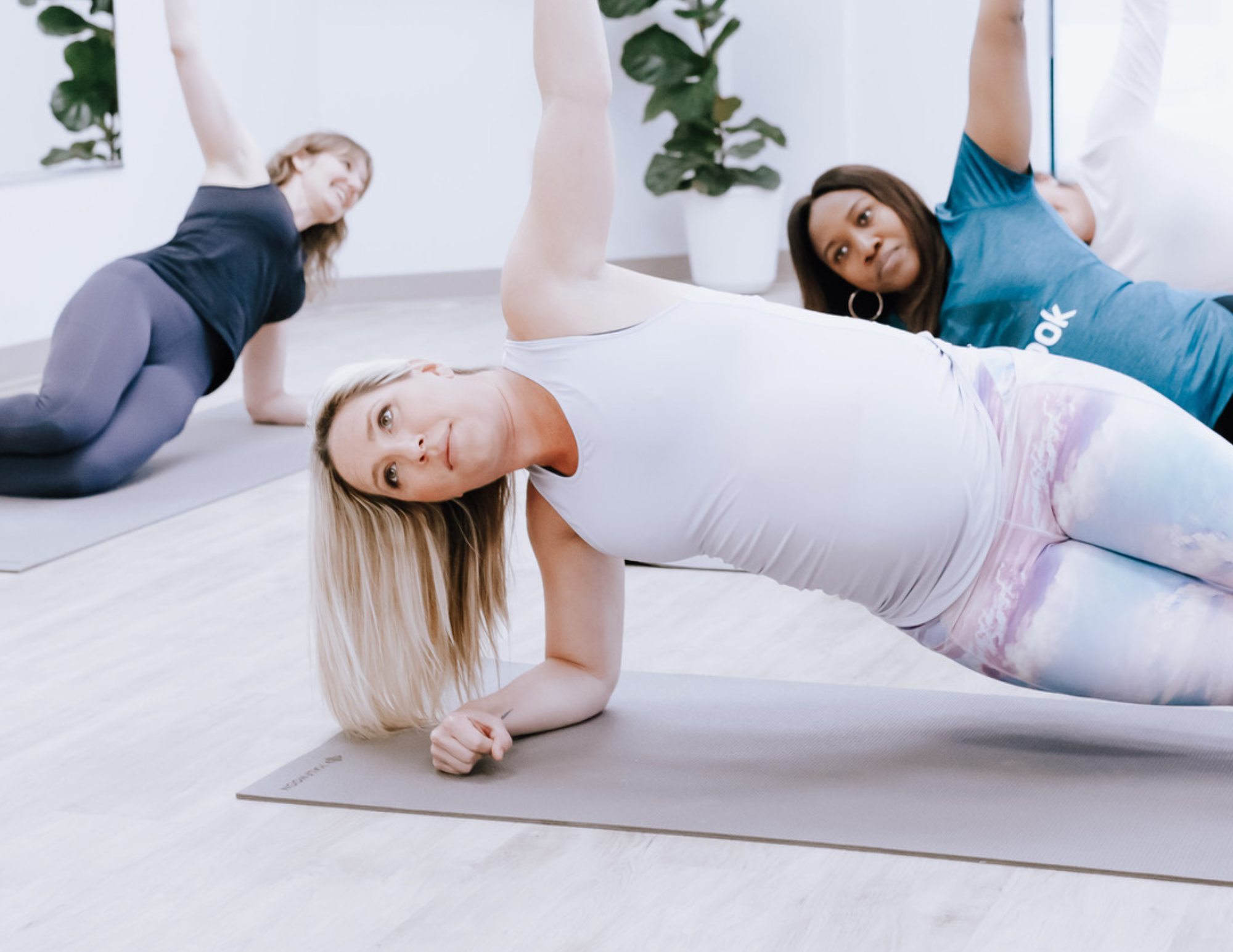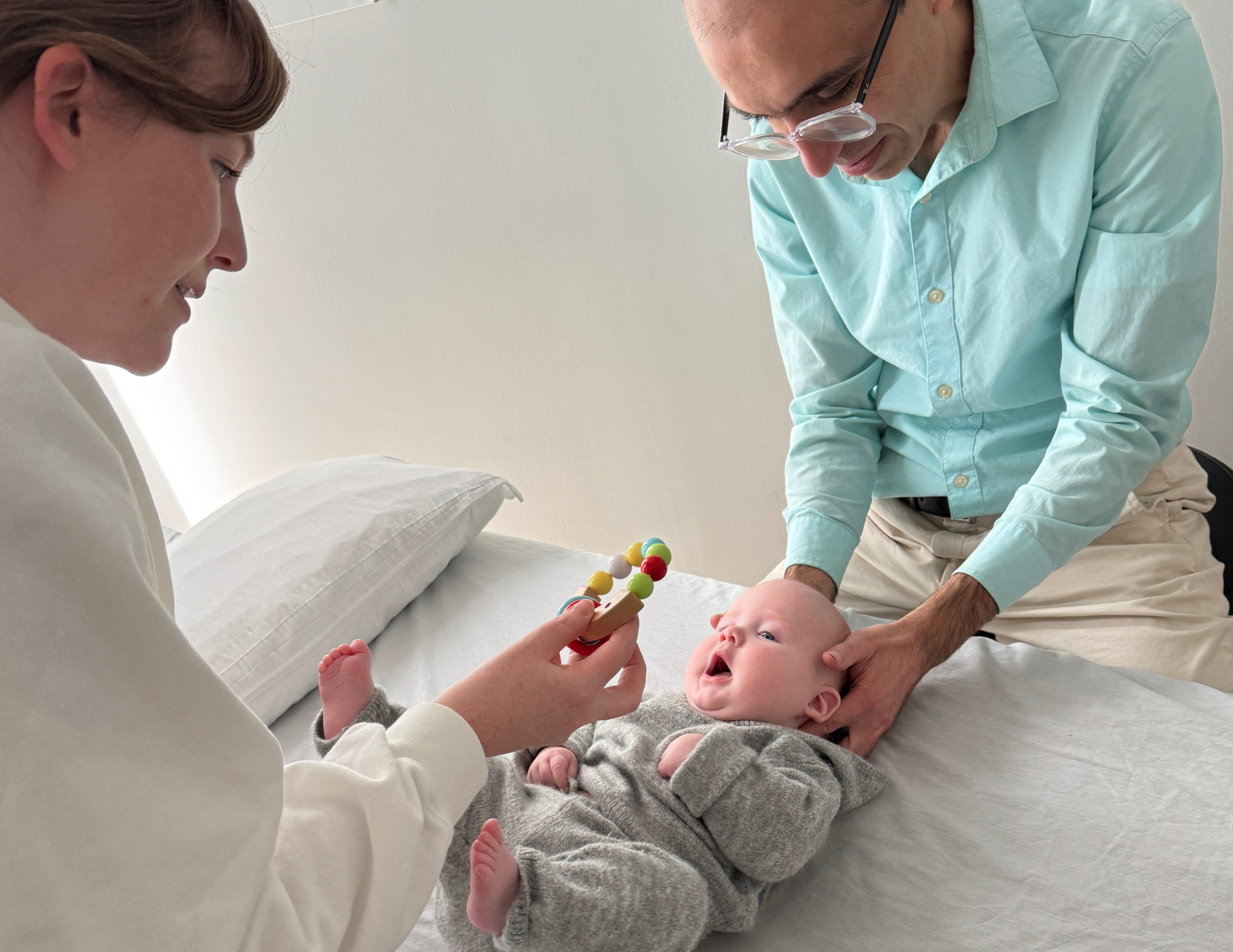
Osteopathy can support orthodontic treatment (including braces) by addressing craniosacral system restrictions, helping the body adapt to changes, and reducing symptoms like headaches, jaw pain, and neck tension. It can also help to improve the rate of correction and the stability of results after braces are removed. Osteopathic treatment is recommended before, during, and after brace wear to optimize the process and alleviate discomfort.
How Osteopathy Helps
- Adapts to Changes: Braces can restrict the natural movement of the bones in the skull and face, affecting the temporomandibular joint (TMJ). Osteopathic techniques help the skull bones and facial structures adapt to these changes, allowing for smoother progress.
- Reduces Symptoms: Patients undergoing orthodontic treatment may experience headaches, jaw pain, irritability, or fatigue. Osteopathy can relieve these symptoms by releasing tension in the muscles of the neck, face, and jaw.
- Enhances Treatment Efficiency: By improving overall body balance and facilitating adaptation to the orthodontic appliances, osteopathic treatment can potentially help reduce the overall time needed for the braces to work.
- Supports Long-Term Stability: Treatment after braces can help reduce the long-term effects of the appliance and prevent issues like teeth shifting back out of alignment.
When to Seek Osteopathic Treatment
- Before Braces: To reduce any pre-existing stresses or restrictions in the craniosacral and TMJ areas that could complicate the orthodontic process.
- During Braces: To help the body adapt to the ongoing stresses of the braces and accommodate adjustments to the appliances.
- After Braces: To address any lingering tensions or stresses from the treatment and ensure the body remains balanced for long-term stability.
What to Expect
An osteopath uses gentle, hands-on techniques to assess and treat the entire body, focusing on the bones, muscles, and ligaments of the head, neck, and face. This approach helps restore balance and mobility, supporting the body's natural ability to adapt to the changes brought on by orthodontic treatment.
Booking an Appointment
If you or your child are beginning, undergoing, or completing orthodontic treatment, osteopathy can be a valuable complement to ensure a smoother, more comfortable experience. Our manual osteopaths work closely with patients to support the body’s natural adaptation and promote long-term balance and stability. To book an appointment or learn more about how osteopathy can support your orthodontic journey, contact us today or visit us here to schedule your session.
References
Study: Efficacy of osteopathy and other manual treatment approaches for malocclusion – A systematic review of evidence
https://www.sciencedirect.com/science/article/abs/pii/S174606891200051X
Osteopathy and Dentistry - The Sutherland Society
https://www.cranial.co.uk/cranial-osteopathy/cranial-osteopathy-and-dentistry/
We Welcome Dentists (How Osteopathy can help dental, orthodontic and jaw problems) - Osteopathy BC
https://www.osteopathybc.ca/health-professionals/dentists

.png)

